


















































































































































Choosing a home health care aide is a critical decision that significantly impacts the quality of life of your loved one requiring care. It involves a thoughtful assessment of needs, preferences, and the qualifications of potential caregivers. This comprehensive guide aims to navigate you through the process, ensuring that you make an informed and compassionate choice that best suits your family’s needs.
The first step in choosing a home health care aide is to clearly understand the specific needs of your loved one. These needs can range from basic assistance with daily activities like bathing, dressing, and meal preparation to more specialized medical care, including medication management, wound care, or physical therapy. Consulting with healthcare professionals can help you delineate the level of care required and whether you need a certified nursing assistant (CNA), a licensed practical nurse (LPN), or a registered nurse (RN).
Once you have a clear understanding of the care needs, consider other criteria that are important for your family. This might include the aide’s availability (e.g., live-in, daily visits, overnight stays),
language skills, ability to operate medical equipment, or experience with specific conditions like dementia or mobility issues. Additionally, think about personality traits that would make the caregiver a good fit for your loved one, such as patience, compassion, and a sense of humor.
Research is pivotal in finding a reputable home health care provider. Start by seeking recommendations from friends, family, or healthcare professionals. Online reviews and ratings of local agencies can also provide valuable insights. When contacting agencies, inquire about their hiring processes, training requirements, and how they match caregivers with clients. It’s also important to understand how they handle replacements or emergencies.
Hiring a home health care aide comes with legal and financial considerations. If hiring through an agency, clarify the costs upfront, including hourly rates, overtime, and any additional fees. Understand the agency’s policy on insurance and liability coverage. If hiring independently, you’ll need to address tax obligations, workers’ compensation, and creating a formal employment agreement. Consulting with a legal or financial advisor can help navigate these complexities.
For each potential aide, request references from previous employment and conduct a thorough background check. This should include verifying certifications and checking for any criminal history. References can provide insights into the caregiver’s reliability, work ethic, and ability to form meaningful connections with those they care for.
Whether you’re working with an agency or hiring independently, interviewing potential aides is a critical step. Prepare a list of questions that cover their experience, qualifications, and approach to caregiving. Ask scenario-based questions to gauge their problem-solving abilities and compatibility with your loved one’s needs. It’s also beneficial to include your loved one in the process to ensure they feel comfortable and respected in the decision-making.
Effective communication is the foundation of a successful caregiver relationship. Establish regular check-ins with the aide and your loved one to discuss care plans, changes in health status, and any other concerns. Be open to feedback and willing to adjust care arrangements as needed. Regularly assessing the quality of care and
the satisfaction of your loved one ensures that the home health care aide continues to meet your expectations.
Before making a long-term commitment, consider arranging a trial period. This allows your loved one and the caregiver to adjust to each other and ensures that the aide’s skills and personality are a good fit. Use this time to communicate expectations clearly, establish routines, and address any concerns that arise.
A good home health care aide not only meets the physical needs of your loved one but also provides emotional support and companionship. Signs of a successful match include noticeable improvements in your loved one’s mood and health, strong communication from the caregiver, and a sense of trust and security in the care provided. Choosing a home health care aide is a deeply personal and significant decision that affects the well-being of your loved one. By thoroughly understanding the care needs, conducting diligent research, and maintaining open lines of communication, you can find a compassionate and competent caregiver. Remember, the right home health care aide can transform the caregiving experience, offering not just assistance, but also dignity, independence, and improved quality of life for your loved one.
Tick bites are a common concern for individuals spending time in wooded or grassy areas, where ticks are most prevalent. These small, blood-feeding arachnids can transmit various diseases to humans, making it essential to understand the symptoms, treatment, and prevention of tick bites.
Initially, a tick bite may be hard to notice as ticks are tiny, and their bites are usually painless. The first sign might be a small red spot at the site of the bite, which can occur anywhere on the body. However, not all tick bites lead to disease, and symptoms can vary depending on the type of tick and whether it was carrying pathogens.
When disease transmission occurs, symptoms can appear days to weeks after the bite and might include a rash (one of the first signs of a tick-borne disease), The rash can vary in appearance, notably the bull’s-eye rash associated with Lyme disease. Other symptoms include: fever, chills, aches, pains (headaches, fatigue
and muscle or joint aches) and swollen lymph nodes.
It’s crucial to monitor for symptoms if you’ve been bitten by a tick or spent time in areas where ticks are common.
The key to treating tick bites is prompt and proper removal of the tick. Use fine-tipped tweezers to grasp the tick as close to the skin’s surface as possible. Pull upward with steady, even pressure, avoiding twisting or jerking the tick, which can cause parts of the tick to break off and remain in the skin. After removal, clean the bite area and your hands with rubbing alcohol, an iodine scrub, or soap and water.
If you develop symptoms after a tick bite, seek medical attention. Treatment
typically involves antibiotics, especially if a tick-borne disease like Lyme disease is suspected or confirmed. Early diagnosis and treatment are crucial to prevent serious health issues.
Preventing tick bites is the most effective way to avoid tick-borne diseases. Here are key strategies for prevention: Avoid Tick Habitats Whenever possible, stay away from wooded, bushy, or grassy areas. Stick to the center of trails when hiking.
Use Insect Repellent
Apply repellents that contain 20 to 30 percent DEET on exposed skin and clothing. Products containing permethrin can be used on clothing, shoes, and
camping gear.
Wear Protective Clothing
Long-sleeved shirts and long pants tucked into socks or boots can help keep ticks off your skin. Light-colored clothing makes it easier to spot ticks.
Check for Ticks
A fter spending time in tick-infested areas, thoroughly check your body, children, and pets for ticks. Pay special attention to underarms, in and around ears, inside the belly button, backs of knees, in and around hair, between legs, and around the waist.
Showering within two hours of coming indoors can help wash off unattached ticks and provides a good opportunity to do a tick check.
Treat Pets
Use tick treatments on pets, which can be tick carriers into your home. By taking these precautions, you can significantly reduce the risk of tick bites and the potential transmission of tickborne diseases. Awareness and proactive measures are key in protecting yourself and your loved ones from the risks associated with ticks.


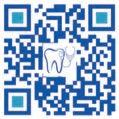

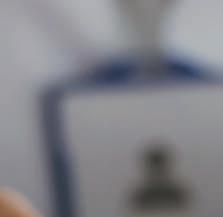
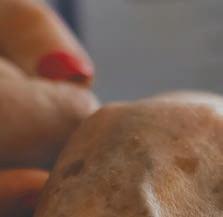


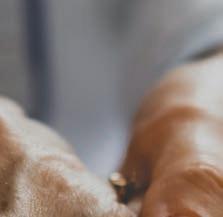






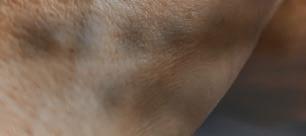














We know you. We focus on every detail, including your other health conditions and emotional and physical needs. We know cancer. We combine extensive clinical expertise and advanced technologies to create truly comprehensive and innovative care. We know your cancer™ . Leaving no stone unturned, we start with the genetic makeup of your tumor and consider every factor to provide a highly personalized care plan. It’s because we know that considering all the details can add up to a life-changing difference.

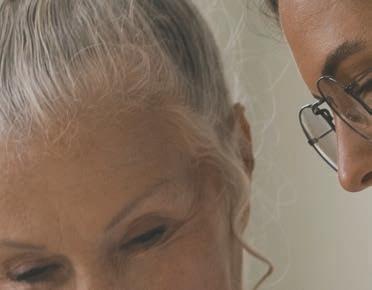




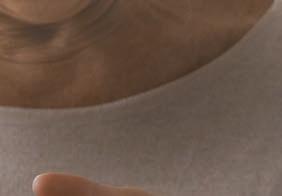
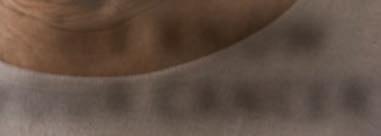


epatitis B is a virus that affects the liver and can lead to both acute and chronic disease.
In infected patients, the hepatitis B virus can be found in most body fluids including blood, semen, urine, vaginal secretions, and tears. Contact with these fluids may lead to infection. In the United States, the most common risk factors for hepatitis B are sexual contact and intravenous drug use. Perinatal or transmission from mother to child at time of birth is the most common way of acquiring hepatitis B in the Far East. Hepatitis B is a tremendous problem in China, Taiwan, Korea, and the Philippines with rates of disease approaching ten percent of the total population. This helps to explain the increased prevalence of hepatitis B among Asian populations in the United States.
Common symptoms of hepatitis B include fatigue, malaise, loss of appetite, nausea, joint pains
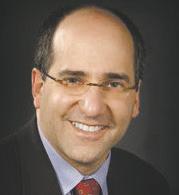
States, however, approximately five percent of people with acute hepatitis B will develop chronic disease. Approximately 95 percent of people who acquire hepatitis B via the perinatal route will develop chronic hepatitis B.
There is an increased risk of all close contacts of patients with hepatitis B acquiring hepatitis B at home. Therefore, once a patient has been diagnosed with hepatitis B, all household contacts must be tested for the infection. If not previously exposed or vaccinated, these contacts should receive vaccination against the hepatitis B virus.
hepatitis B.
Treatment is not recommended for the majority of acute hepatitis B infections. Most patients do not require admission to a hospital. Jaundice, although cosmetically concerning, is not life threatening. If vomiting, confusion or easy bruising develops, patients should call their doctors immediately. On rare occasions, acute hepatitis may be severe enough to require emergent liver transplantation.
and abdominal pain. People with hepatitis B may develop jaundice or yellowing of the skin, lowgrade fevers and/or rash. After exposure, the incubation period for hepatitis B is two weeks to three months. The vast majority of people who acquire hepatitis B will get over the disease and have no long-term effects. In the United
Hepatitis B is diagnosed by evaluating specific antibodies and antigens in the blood. A positive hepatitis B surface antigen is diagnostic of hepatitis B infection. Many patients are confused and concerned when their blood tests reveal a positive hepatitis B surface antibody. This simply means past infection or previous vaccination. It does not mean that the person has

Treatment is available for chronic hepatitis B. Hepatitis B can be controlled with these treatments but hepatitis B cannot be cured. Patients with chronic hepatitis B are at risks for developing liver cancer and cirrhosis and should be screened at regular intervals for these complications.
Hepatitis B vaccine is available for all age groups. The hepatitis B vaccine is recommended for all infants, all children, or adolescents younger than 19 years of age who have not been vaccinated, all adults
aged 19 through 59 years, and adults
aged 60 years or older with risk factors for hepatitis B infection.
David Bernstein, MD, MACG, FAASLD, AGAF, FACP, is a professor of medicine at NYU Grossman School of Medicine and the director of Gastroenterology and Hepatology Ambulatory NetworkLong Island for NYU Langone Health.



consequences. If left untreated, very high or very low blood sugar can be extremely dangerous and cause severe complications, even coma and death.”





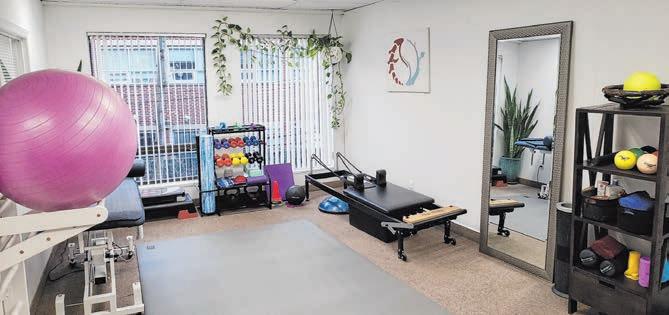

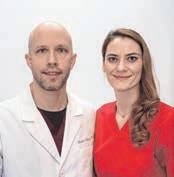



The FDA warned recently diabetes patients not to use smartwatches or smart rings to measure their blood glucose levels. Now, obesity medicine expert Eleanor Yusupov, D.O., assistant professor at New York Institute of Technology College of Osteopathic Medicine (NYITCOM) in Old Westbury, is sharing insight for these patients.


Instead, she advises patients with diabetes to use continuous glucose monitoring (CGM) devices, which are approved by the FDA and provide accurate information on how a patient’s body reacts to diabetes medications and foods eaten. Depending on the specific CGM device used, physicians may even program it to set off an alarm when blood sugar is dangerously high or low.



While many of these devices are marketed as noninvasive solutions, allowing users to measure their blood glucose levels without pricking the skin, Yusupov notes that the FDA has not authorized, cleared, or approved any noninvasive smartwatch or smart ring for the measurement of glucose. What’s more, relying on these devices could have life-threatening consequences.
“It is very concerning that patients may be misled by the marketing claims and rely on smartwatches or smart rings that do not accurately measure blood glucose,” said Yusupov. “Using devices that are not approved by the FDA may lead to serious health
“Your doctor can recommend and prescribe a continuous glucose monitoring device that automatically checks your sugar and sends the result to your smartphone or a smartwatch. Most patients prefer this modern technology, which uses a tiny sensor placed in the arm, to traditional glucose meters that require pricking your finger,” she said.
—Submitted by New York Institute of Technology. Yusupov practices primary care at NYITCOM’s healthcare centers in Old Westbury and Central Islip.
The American Red Cross, a humanitarian organization synonymous with disaster relief, blood donation, and emergency response, has a rich history and a profound impact on American society. Founded by Clara Barton in 1881, the organization has played a crucial role in times of crisis and has become a symbol of compassion, volunteerism, and community service.
The origins of the American Red Cross trace back to the efforts of Clara Barton, a pioneering nurse, and humanitarian. Inspired by the Red Cross movement she encountered while visiting Europe, Barton advocated for the establishment of a similar organization in the United States. In 1881, she founded the American Red Cross in Washington, D.C., with a primary mission to provide aid to those affected by disasters and conflicts.
The organization’s early years were marked by its involvement in disaster response, including the Johnstown Flood in 1889 and the Spanish-American War in 1898. The American Red Cross also played a pivotal role in supporting the military during World War I, providing medical assistance, organizing blood donation drives, and offering services to prisoners of war.
The American Red Cross expanded its scope of services during the 20th century, evolving to address a broader range of humanitarian needs. One of its key contributions has been in the field of blood donation and transfusion. The organization established a national blood program in the 1940s, providing a reliable and critical supply of blood and blood products for medical treatments and emergencies.
Over the years, the American Red Cross has been at the forefront of disaster response, aiding communities affected by hurricanes, earthquakes, floods, and other natural disasters. Their trained volunteers and extensive network of resources enable them to provide emergency shelter, food, and supplies to those in need.
response and mobilization of resources help affected communities cope with the immediate aftermath and embark on the path to recovery.
During the COVID-19 pandemic, the American Red Cross adapted its services to meet the evolving needs of the population. This included the continuation of blood donation drives, providing support to healthcare facilities, and offering virtual assistance to individuals and families affected by the pandemic.
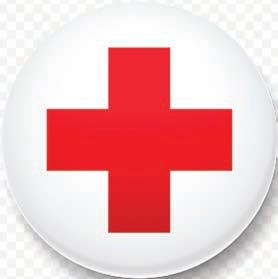
in nearly every country, collectively works to alleviate human suffering during times of crisis. The American Red Cross has been actively involved in international humanitarian efforts, providing aid and support in response to conflicts, epidemics, and natural disasters around the world.

The American Red Cross continues to be a beacon of hope and support during times of crisis. Its relevance is particularly evident during large-scale disasters such as hurricanes, wildfires, and public health emergencies. The organization’s swift
Beyond disaster response, the American Red Cross places a strong emphasis on education and preparedness. The organization offers a wide range of training programs, including CPR and first aid courses, lifeguard training, and disaster preparedness initiatives. By empowering individuals with life-saving skills and knowledge, the American Red Cross aims to create resilient and prepared communities.
While rooted in the United States, the American Red Cross is part of the larger International Red Cross and Red Crescent Movement. This global network, operating
A cornerstone of the American Red Cross is its reliance on volunteers. The organization mobilizes a vast network of dedicated individuals who contribute their time, skills, and compassion to support the mission. Volunteer blood donors, disaster responders, health and safety instructors, and countless others play a vital role in the American Red Cross’s ability to fulfill its humanitarian mandate.
The American Red Cross stands as a testament to the power of humanitarianism and community service. Its history is intertwined with the nation’s response to crises, and its relevance endures through its diverse array of services, from disaster response to blood donation, education, and international aid. As a symbol of hope and assistance, the American Red Cross continues to make a significant impact, embodying the spirit of compassion and resilience in the face of adversity.
—Compiled by Christy Hinko with the American Red Cross
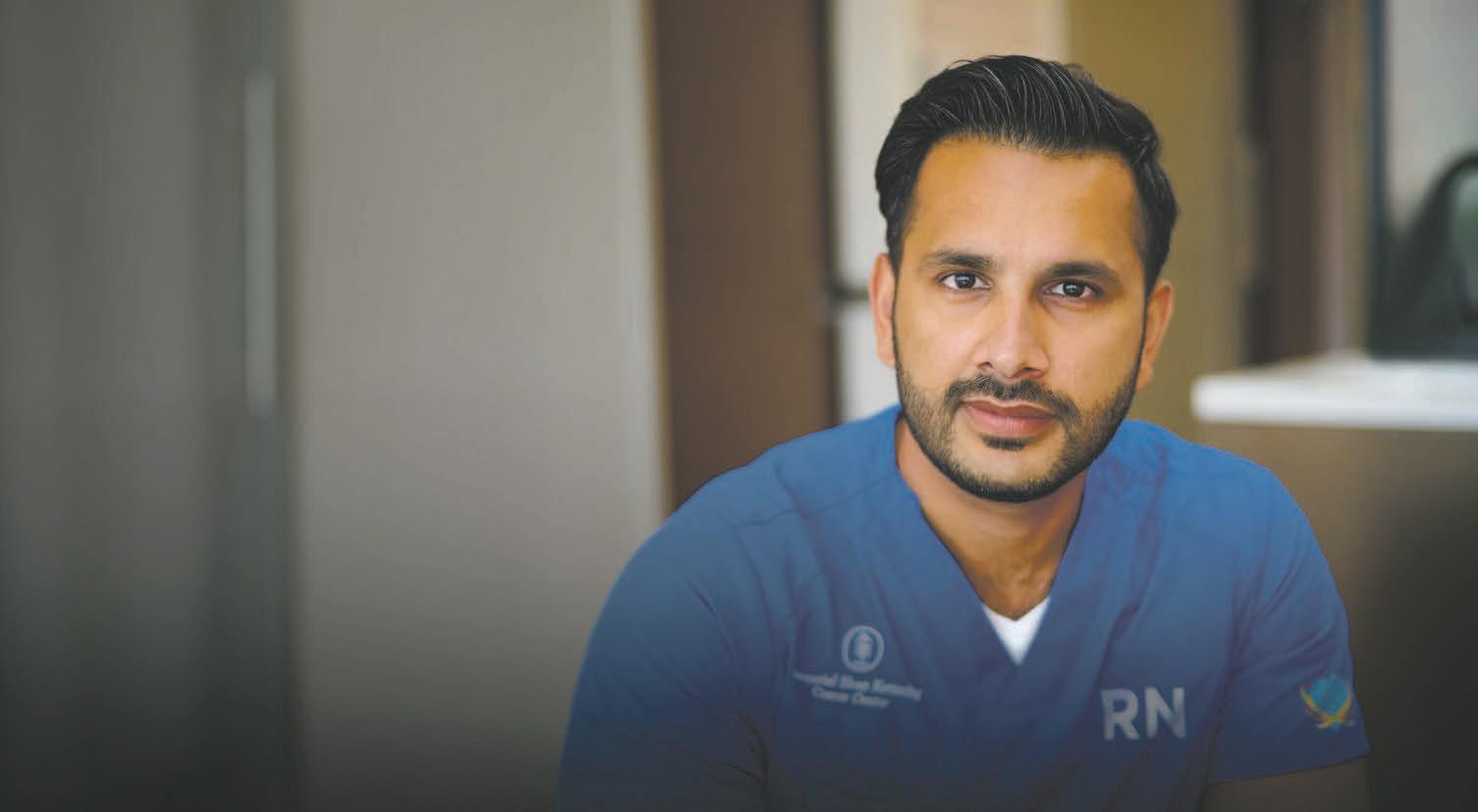

John L. Gomes, MD, founded Women’s Health Care of Garden City in 1995. It has remained an independent, private practice providing personalized obstetrical and gynecological services.
He employs the technical advances of conventional medicine with an integrative approach to navigate women through dif cult pregnancies into the menopausal years. He treats a wide variety of OB/ GYN conditions and is dedicated to providing the highest quality of care.

He is committed to excellence in patient communication, education and support as many patients come with anxiety associated with past experiences and future concerns.
Dr. Gomes received his undergraduate degree from Brown University and his Doctor of Medicine from Columbia University. He is both Board Certi ed and a Fellow of the American College of Obstetrics and Gynecology.
All tests are conveniently done on the premises and a dedicated, compassionate staff is on call 24/7.
Women’s Health Care of Garden City is located at 1000 Franklin Avenue, Suite 200, Garden City. Call 516-222-8883 or visit online at DrGomes.com